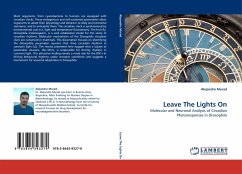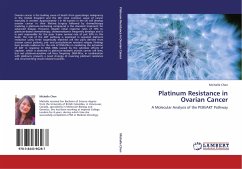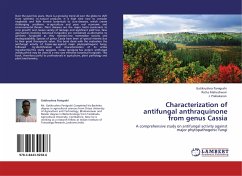Most organisms, from cyanobacteria to humans are equipped with circadian clocks. These endogenous and self-sustained pacemakers allow organisms to adapt their physiology and behavior to daily environmental variations, and to anticipate them. The circadian clock is synchronized by environmental cues (i.e. light and temperature fluctuations). The fruit fly, Drosophila melanogaster, is a well established model for the study of circadian rhythms. Molecular mechanisms of the Drosophila circadian clock are conserved in mammals. This dissertation focuses on identifying the Drosophila pacemaker neurons that drive circadian rhythms in constant light (LL). The results presented here suggest that a subset of pacemaker neurons, the DN1s, is responsible for driving rhythms in constant light. This attractive finding reveals a novel role for the DN1s in driving behavioral rhythms under constant conditions and suggests a mechanism for seasonal adaptation in Drosophila.
Bitte wählen Sie Ihr Anliegen aus.
Rechnungen
Retourenschein anfordern
Bestellstatus
Storno








